10 Past Microsoft Acquisitions And What They Mean Now
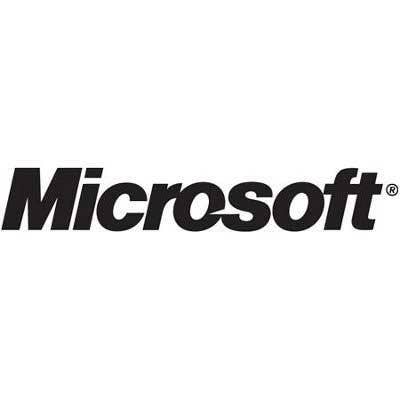
Several years ago, Microsoft looked at its M&A strategy and decided to step up the frequency of its transactions to help advance the organic work going on in its R&D group. This effort was driven in part by CEO Steve Ballmer and by now-departed CFO Chris Liddell.
Since 2005, Microsoft has closed over 85 acquisitions representing around $13 billion in consideration, adding some 7,500 employees to its roster, according to Joseph Whittinghill, general manager of venture integration at Microsoft. Here we present 10 major Microsoft deals dating back to 2005 along with insight into what these acquisitions mean for Microsoft today.
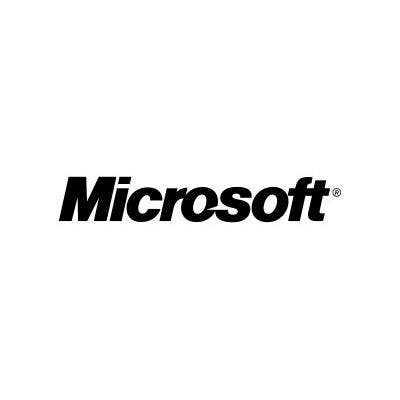
While much of Microsoft's recent push into search has been on the consumer side with Bing, Microsoft's $1.2 billion acquisition of Norway-based Fast Search & Transfer has helped the software giant make inroads in the enterprise search market.
More than 10,000 of Microsoft's enterprise customers have deployed Fast's technology to date, and Microsoft's free Search Server Express product has been downloaded more than 200,000 times, according to Whittinghill.
Fast's enterprise search technology will also be part of Office 2010, Whittinghill says. Office 2010 is being offered to selected testers as a Release Candidate, and is slated for launch by June.
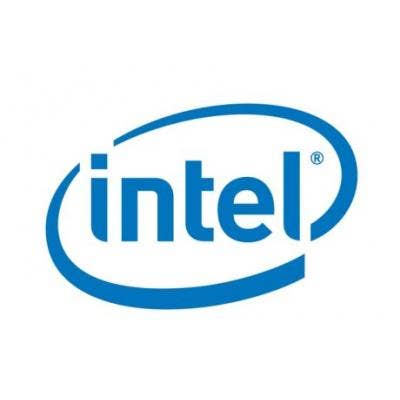
At this point in time, a week before the Mobile World Congress event in Barcelona, it's hard to look at Microsoft's $500 million pickup of Danger, developer of the software and services stack for the Sidekick, as anything but a disappointment.
Much of the Danger talent landed in Microsoft's Premium Mobile Experiences (PMX) team, a group within the Mobile Communications Business (MCB) of the Entertainment and Devices Division. PMX not only was responsible for a Sidekick outage last October that caused T-Mobile subscribers to lose data, it's also leading Microsoft's Pink smartphone project, which has been rumored to be on the rocks for several months. Many former Danger staffers have either been laid off or left Microsoft of their own accord.
According to Whittinghill, the goal of the Danger acquisition was to combine all the different Microsoft experiences, including MSN, Zune and Windows Live Search For Mobile, and "start creating a connected entertainment and communications experience." Microsoft may still be planning to launch Pink, and it may actually fulfill this vision, but right now, the Danger deal looks like a dud.
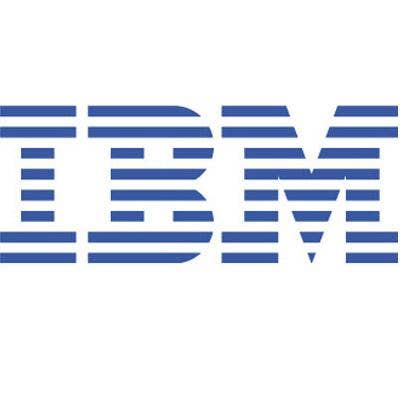
Microsoft's acquisition of Israel-based Kidaro, reportedly for $100 million, added desktop virtualization to its portfolio and gave the company the all important backward compatibility necessary for upgrading to new versions of Windows.
Kidaro is now called Microsoft Enterprise Desktop Virtualization (MED-V), which is essentially Windows XP Mode with management capability layered on top. Kidaro's technology allows companies to continue using legacy business apps after Windows upgrades, and it's also well suited to mobile environments with large numbers of notebook PCs, where the ability to deploy and move PC images quickly and easily is an advantage.
Kidaro is part of Microsoft's Desktop Optimization Pack (MDOP), which includes desktop and application virtualization, inventory services, System Center desktop error monitoring and group policy management tools, and is only available as part of a Software Assurance subscription.
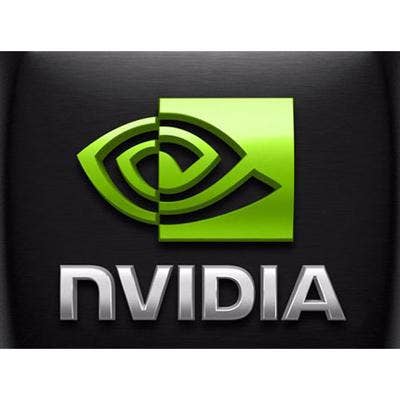
Microsoft deepened its data warehousing portfolio with its September 2008 acquisition of DATAllegro, an Aliso Viejo, Calif.-based firm whose technology allows SQL Server to handle massive amounts of data. "They allow you to scale out to hundreds of terabytes," says Whittinghill.
The DATAllegro deal, which reportedly cost $275 million, was Microsoft's entry to the data warehousing space. According to Whittinghill, Microsoft was interested both in DATAllegro's talent and its core IP. Given the growing role that data warehousing and business intelligence are playing within the enterprises, and the rapid increase in the amount of data enterprises are generating, this acquisition will continue paying dividends for the next several years.
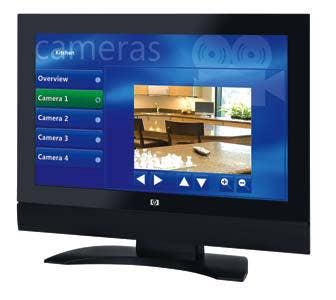
Microsoft's acquisition of Calista brought in a collection of GPU virtualization technologies that stream multimedia (Flash, Silverlight, Windows Media and Direct3D) content from a Hyper-V host to thick and thin clients.
"Calista provided the essential technology for increasing the ease of experience around watching video and listening to audio when running in a virtualization solution," said Whittinghill.
At the time, solution providers saw the Calista deal as an effort on Microsoft's part to rattle VMware's cage. Since then, the competition between Microsoft and VMware in virtualization has been steadily growing to a boil, and that's not going to change anytime soon.

Microsoft's $6 billion acquisition of aQuantive signified its resolve to compete head to head with Google in the online advertising space. The deal, which brought in aQuantive's Atlas, DRIVEpm and Avenue A | Razorfish brands, gave Microsoft instant visibility in this space, both within Microsoft and the marketplace, according to Whittinghill.
"aQuantive allowed us to move into the online advertising space faster than we could have if we'd built it from scratch," said Whittinghill. "It really did enhance our advantage for targeting data and analytics."
Microsoft last August sold Razorfish to Publicis Groupe for $530 million in cash and shares, and Microsoft Online Services division hasn't performed well since the deal closed. However, Whittinghill says Microsoft continues to see the online advertising market as a major opportunity. "We're committed to increasing our capability there," he says.

The TellMe acquisition brought speech recognition technology into the Microsoft fold, where it has since been incorporated into several Microsoft Business Division offerings. Terms weren't disclosed, but Microsoft is believed to have paid in the neighborhood of $800 million for TellMe, developer of speech-initiated directory assistance systems used by many major carriers.
At the time, speech recognition was a nascent field, especially in the consumer market. Since then, though, TellMe's technology has made its way into numerous product areas, including Bing mobile search, Ford Synch, and Office apps.
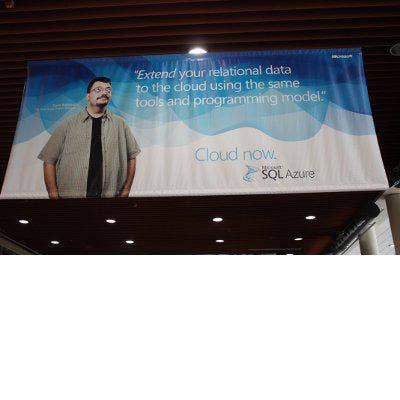
Microsoft's acquisition of Boston-based Softricity brought with it application virtualization technology that became one of the early components of the Microsoft Desktop Optimization Pack (MDOP).
"This is an example of a transition that has been very successful for us," said Whittinghill. "Softricity's technology leads to greatly reduced downtime for users, and also cuts costs by streamlining management and lowering TCO."
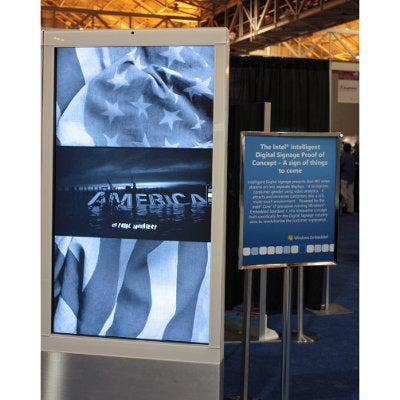
Microsoft's acquisition of Winternals, an Austin, Texas-based systems recovery and data protection developer and host of the Sysinternals free toolset, added another key piece to the Microsoft Desktop Optimization Pack (MDOP). The deal also brought in Mark Russinovich, Winternals co-founder and currently a technical fellow in Microsoft's Platform and Services Division.
Russinovich, who in 2005 discovered the Sony BMG DRM rootkit, is one of the most widely respected voices within the Windows community and the broader security industry. Not to mention one of the world's foremost experts on the intricacies of the Windows kernel.
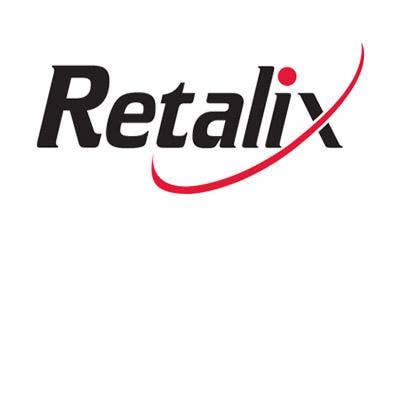
Microsoft's acquisition of Groove Networks brought the company collaboration technology, but more importantly for Microsoft's long term strategy, the deal also brought Ray Ozzie into the fold.
Ozzie, who took over Bill Gates' old position of chief software architect, has spent the past few years masterminding Microsoft's SaaS strategy and cloud computing vision. Ozzie has also been the driving force behind Windows Azure, Microsoft's entry to the cloud computing platform market which launched as a paid service on Feb. 1.
Ozzie has also played a key role in Microsoft's work with Silverlight and continues to shape the company's vision for the next generation of software, according to Whittinghill. "We can't say enough about the impact Ray has had on Microsoft," he said.